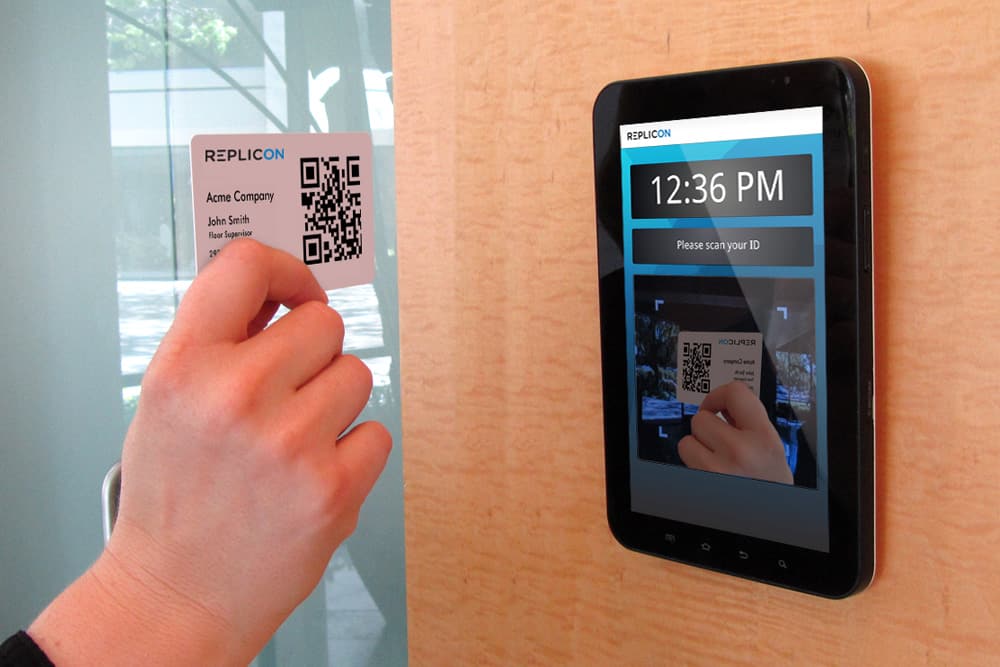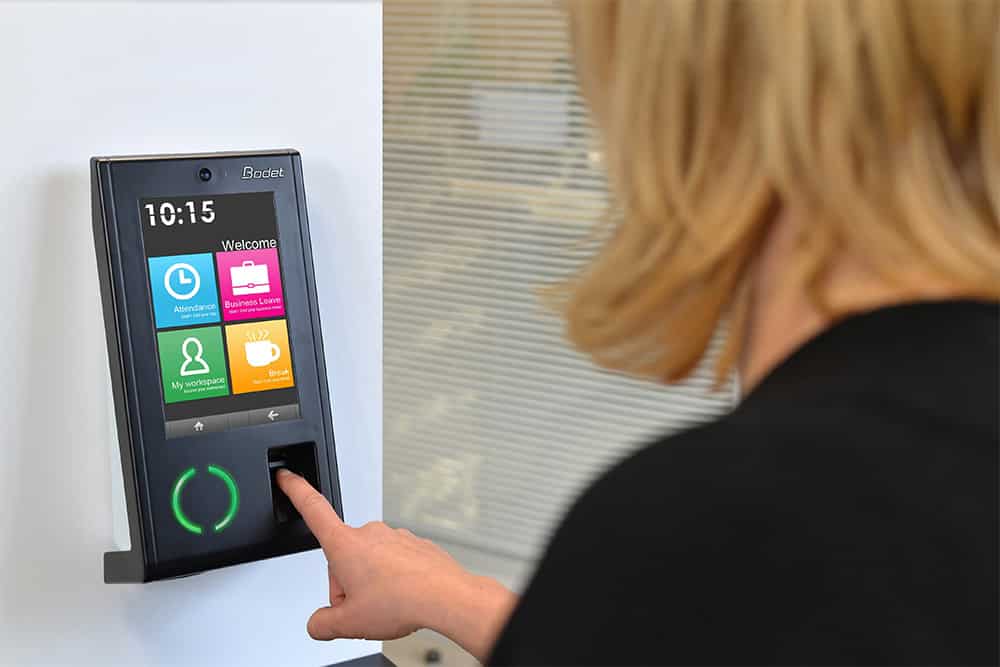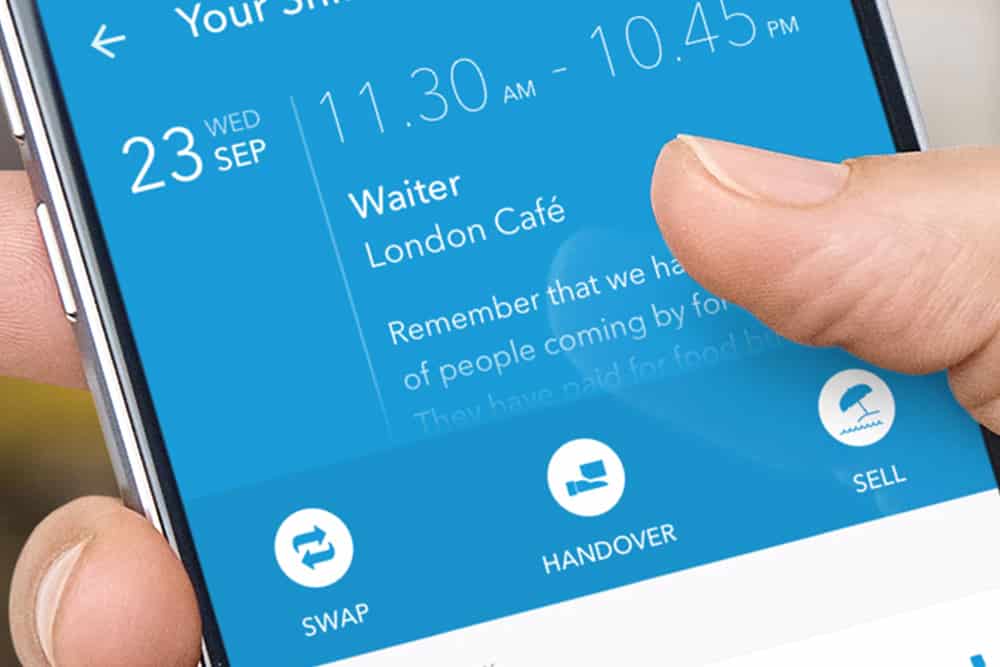3 modern business methods for clocking in and out
Clocking in machines or ‘punch clocks’ go back over 100 years; they were a daily fact of life for factory workers up and down the country. These days, having a facility to accurately record staff hours is no less essential for creating an accurate payroll but, of course, the technology has totally changed.
So, what are your options in today’s world to easily and objectively track when your employees start and finish work? Let’s take a look at 3 modern ways to clock in and out of work. ID based systems, biometric time clocks and time clock software and apps can be hugely beneficial in keeping track of your employees’ hours.

Source: small biz technology
- ID based time clock systems
One of the most widespread types of time clock are systems that require some form of company ID issued to identify each employee. These typically take the form of a company ID badge or a personal PIN number. At the beginning of the working day, an employee will ‘clock in’ by swiping their badge or card or inserting it into the machine, or by keying in a PIN number. The process is repeated at the end of the day to ‘clock out’.
Time clocks such as these are quick and easy to set up, simple to operate and portable from one company site to the next. With internet connectivity, the data is instantly transmitted back to operational headquarters, providing an easy path for accurate recordkeeping and greater clarity for supervisors and managers.
The shortcomings of this system centre around the method of identification. Badges and ID cards can be damaged, lost or stolen, with costly administrative time needed for security checks and to provide a replacement.
Time theft is another vulnerability. Both physical badges/cards as well as PINs can be shared, meaning that workers can clock in for one another and cheat the system. Buddy punching between employees can be a real problem.

Source: approved business
- Biometric time clocks
Biometric time clocks successfully address the system weaknesses mentioned above, and are a positive response to companies’ increased security concerns. Biometric time clock units are equipped with a scanner that identifies the employee by their unique fingerprint or handprint. The technology also exists to scan a person’s retina or use voice recognition. Businesses can be confident that the ‘right’ employee has clocked in/out, thus eliminating the problem of time theft associated with buddy punching.
The biometric time clock should be located at a central location and will usually have a hard wired internet connection, enabling the punch times to be instantly recorded, transmitted and viewed. It’s an investment that many companies feel is well worthwhile.
On the downside, the system will need prior enrolment by every employee who will need to agree to provide fingerprint, handprint or any other biometric information as is requested by the employer. Once recorded, the responsibility falls to the business to handle sensitive personal information submitted by staff with the necessary skill and compliance.

Source: planday
- Time clock software/apps
Harnessing the power of digital technology for your business, web based time clocking software and smartphone apps are perhaps the most sophisticated and user friendly tools to record your team’s working hours. There’s no need to carry extra staff ID cards for time clocking; your employees just need a unique password for logging in.
Accessible from any digital platform including laptops, phones and tablets, there’s no requirement to clock in/out at a particular physical location, although this can be stipulated or a GPS location may be recorded. Create a bookmark or shortcut on the computer, or download the app onto a mobile device and the system is ready to go.
Time clocking software may not be as secure as biometric scanners – after all, your password could be shared or may become compromised – but the integrated web features make the system highly valuable in terms of its functionality options for management reporting. Data review and retrieval is super simple, and can be accessed from anywhere and anytime.
Choosing the right clocking in system for your business is a matter of weighing up the pros and cons of each of the options set out above and see what fits with your business requirements. Given the unwieldy and lengthy process of manual time clocking as the unwelcome and rather archaic alternative, it would seem to make good business sense to invest some time, energy and budget into finding a time clock solution that gives you accurate data for your payroll, prevents time theft and integrates your data in the most convenient way.



